Tech in Racing: Innovations that Revolutionized the Track
–by Tony Smith–
This article delves into the technological advancements that have metamorphosed the racing domain, enabling drivers to test the limits.
In the realm of motorsports, technology stands as the driving force, molding the very contours of racing.
From the nascent days of the automobile’s emergence to our modern era, an unceasing wave of innovations has continuously upheaved the racetrack’s dynamics.
Technology grants drivers the power to test the boundaries of velocity and finesse, all while elevating the collective fan engagement.
If you’re looking to add a casino experience to your high-speed lifestyle, you can also check out https://rateitcasino.com/online-casinos/richard-casino/ for a thrilling and entertaining diversion when you’re not on the track.
Internal Combustion Engine Advancements
The internal combustion engine is the heart of motorsports. Throughout its history, the engine has evolved significantly, making racing faster and more thrilling. From the development of turbochargers and superchargers to the transition from carburetors to fuel injection systems, each advancement has improved the efficiency and power output of engines, enabling cars to reach incredible speeds.
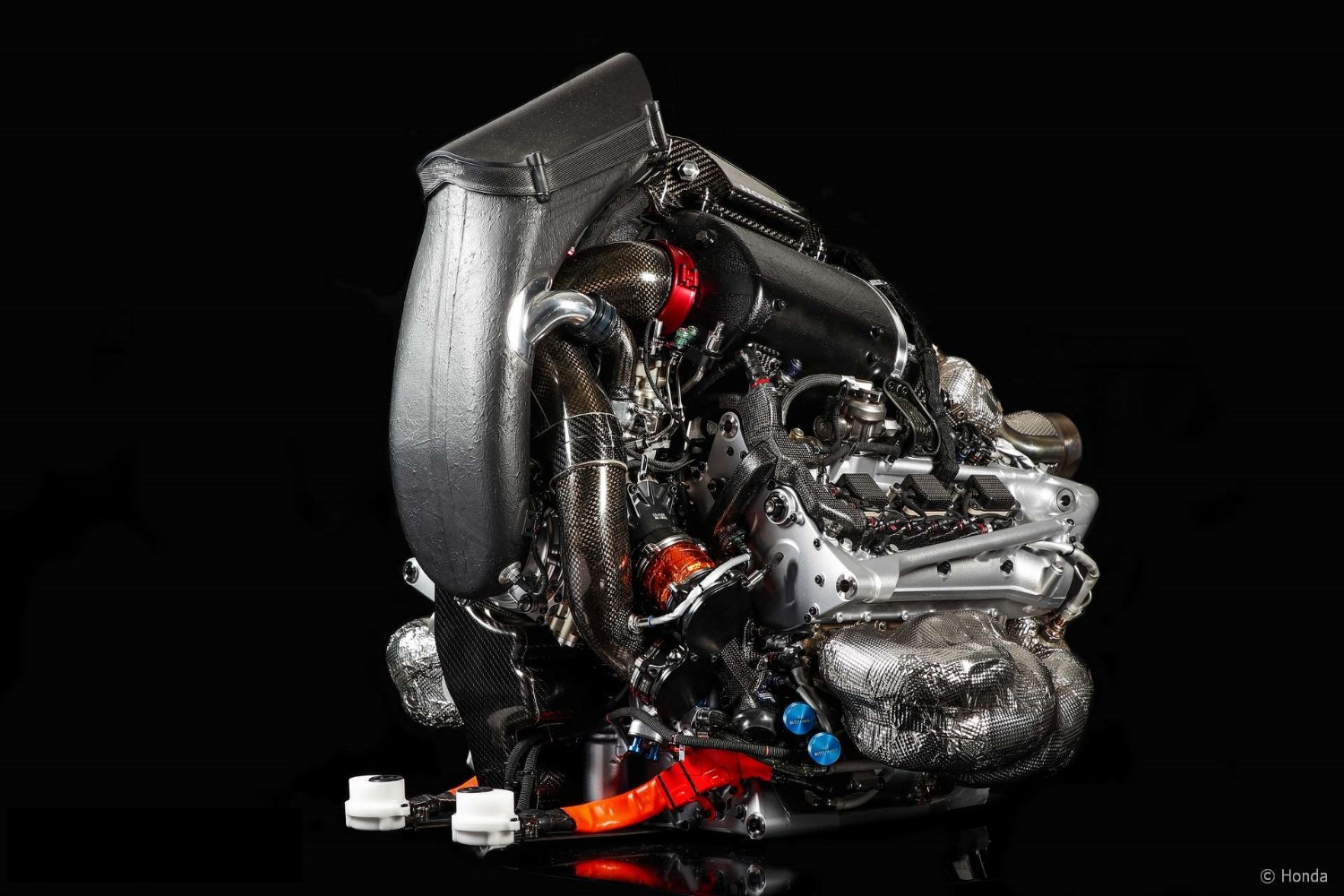
Aerodynamics and Wind Tunnel Testing
Aerodynamics is critical in racing, as it influences a car’s speed, stability, and handling. Innovations in wind tunnel testing and computational fluid dynamics have allowed teams to design more aerodynamic vehicles, reducing drag and improving downforce. These advancements are essential for achieving high speeds and better handling on the track.
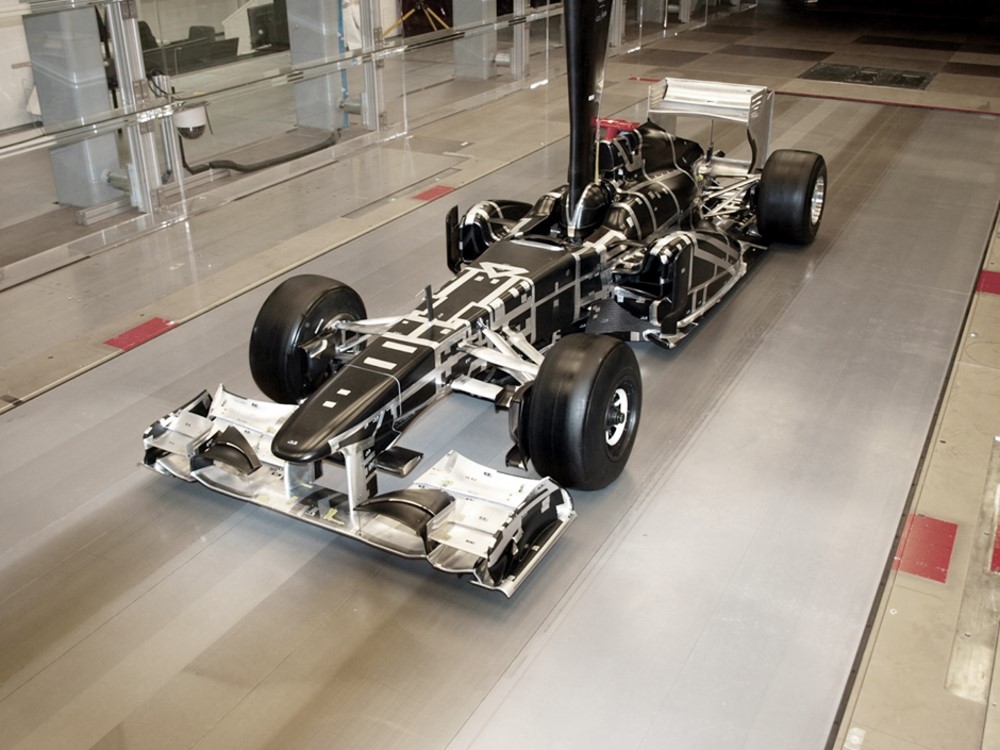
Tires and Rubber Compounds
Tire technology has significantly evolved in racing. Different rubber compounds, tread patterns, and construction techniques have allowed for improved grip and durability, enabling drivers to maintain control of their cars even at high speeds. Advancements in tire pressure monitoring systems also help teams optimize tire performance during races.
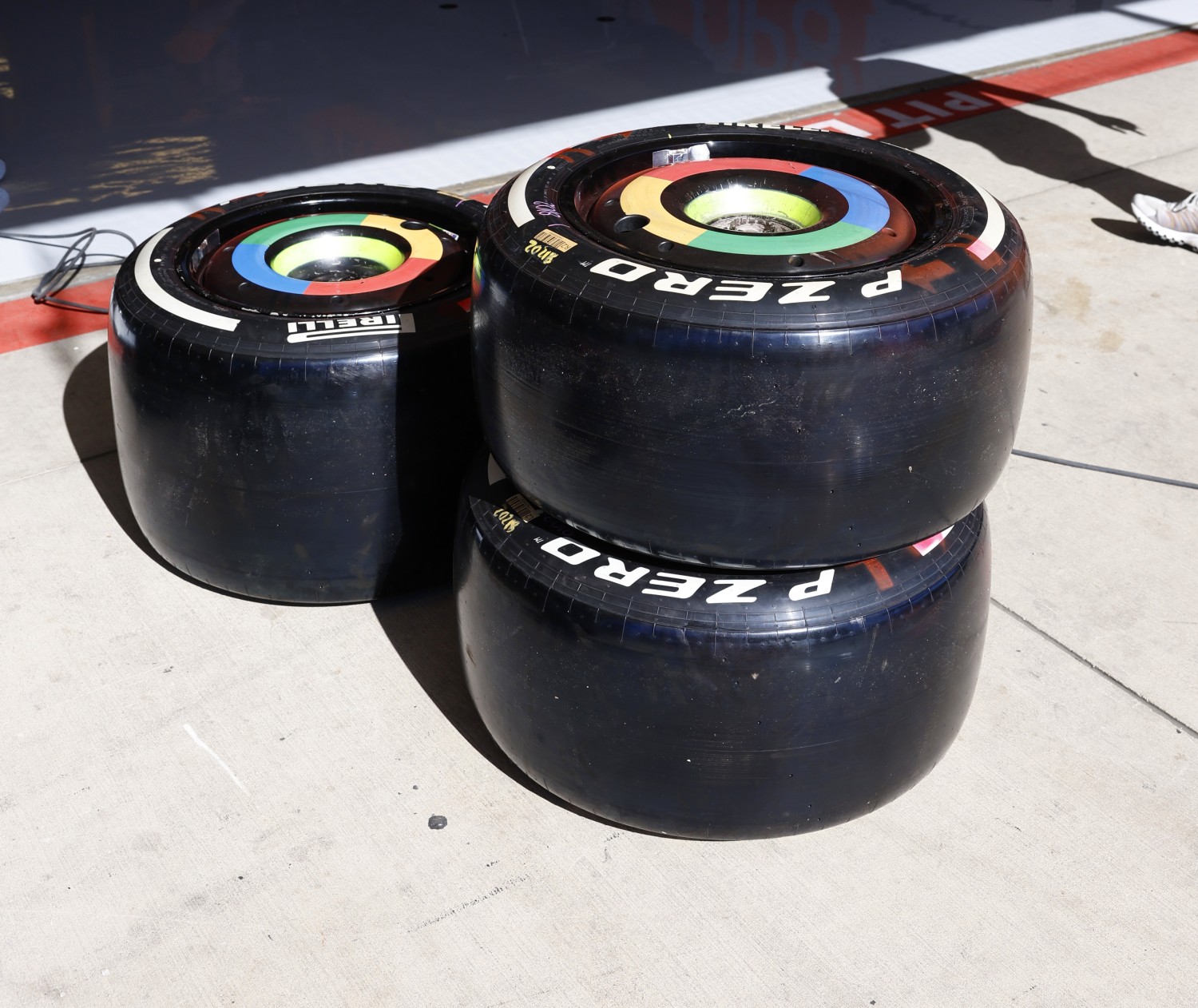
Electronic Driver Aids
The introduction of electronic driver aids has revolutionized racing. Technologies like anti-lock braking systems (ABS), traction control, and stability control have made racing safer and more accessible to a wider range of drivers. However, these aids have also sparked debates about their impact on the purity of the sport.
Data Acquisition and Telemetry
Data acquisition and telemetry systems provide teams with valuable information about their cars’ performance. From engine data to tire temperature readings, this technology allows engineers to fine-tune the setup of the race car for optimal performance. Moreover, fans can access this data in real-time, enhancing their engagement with the sport.
Carbon Fiber and Lightweight Materials
The integration of carbon fiber and other lightweight materials into the construction of race cars has ushered in a new era in motorsports, fundamentally reshaping the industry. These materials, renowned for their exceptional strength-to-weight ratios, have rendered vehicles not only lighter but also remarkably agile, a critical factor in achieving both breakneck speeds and unparalleled handling. Racing enthusiasts and engineers alike marvel at the transformative power of carbon fiber, as it continues to redefine the limits of what’s possible on the track. The marriage of cutting-edge technology and these lightweight materials is the driving force behind the sport’s ongoing evolution, and it stands as a testament to the relentless pursuit of excellence in motorsports.
Hybrid and Electric Powertrains
The roar of combustion engines is meeting a harmonious hum of eco-consciousness on the racetrack, as hybrid and electric powertrains emerge as pioneers of sustainability in motorsports. These innovative technologies have transformed the environmental footprint of racing and injected a fascinating blend of tradition and innovation into the sport. Formula E, the all-electric racing series, has taken center stage in this evolution, serving as a testing ground for cutting-edge electric vehicle technology.
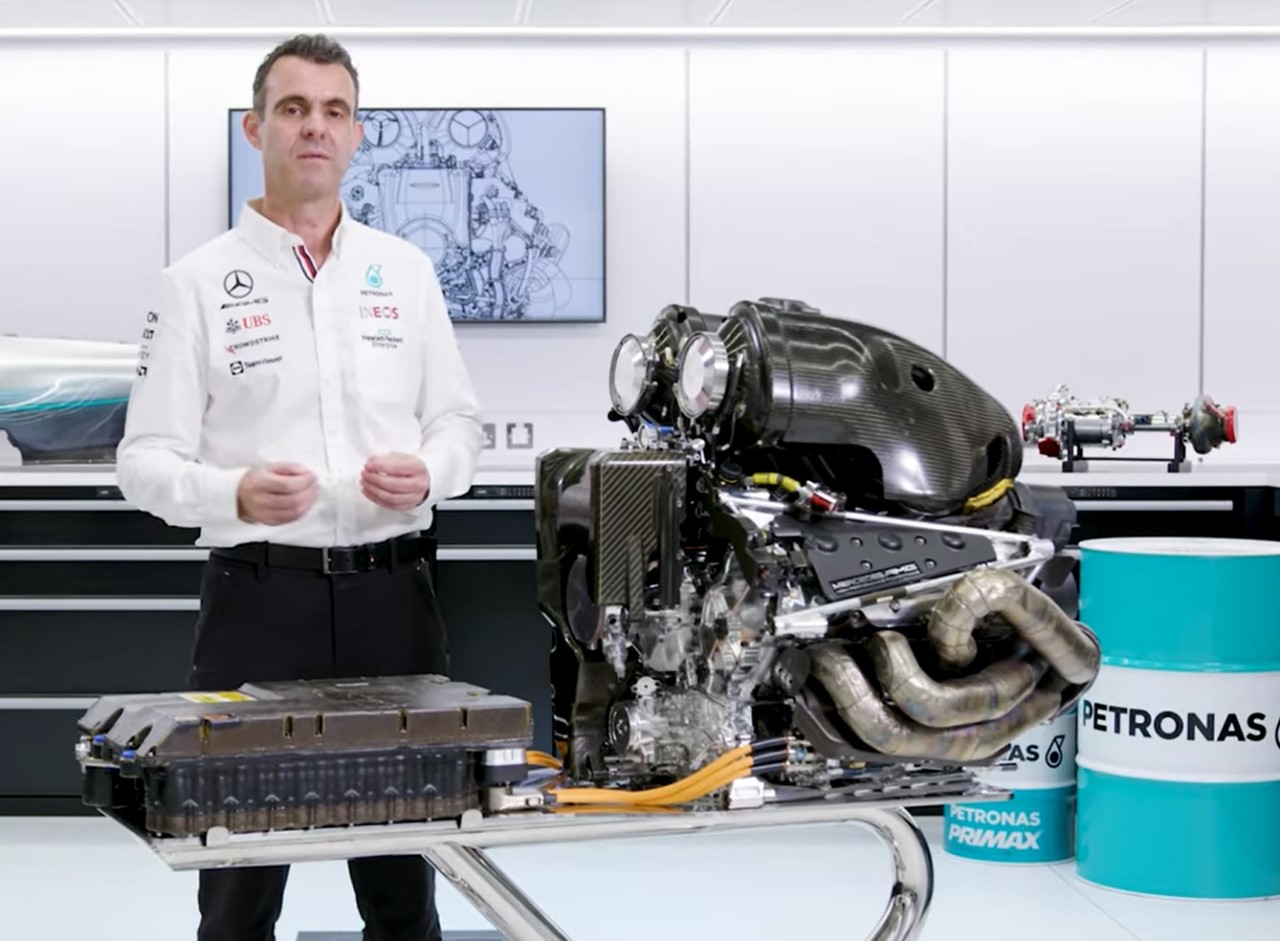
As motorsports enthusiasts witness the marriage of speed and sustainability, the racetrack is evolving into a proving ground for a cleaner, greener, and more exhilarating future. The electrifying performance of these powertrains stands as a testament to the sport’s commitment to embracing progress without compromising its legacy.
Safety Innovations
Safety innovations in motorsports are a testament to the unwavering commitment of the sport to protect its athletes and ensure the well-being of drivers, making racing not just thrilling but safe. The evolution of safety measures, from the introduction of the life-saving HANS device to the development of safer barrier walls and advanced helmet designs, has significantly reduced the risks associated with high-speed racing. One of the most iconic advancements is the Formula 1 Halo device, which encircles the driver’s head, providing a protective halo against potential debris or collisions. These innovations have brought a sense of security to the adrenaline-fueled world of racing, allowing drivers to push their limits with confidence, knowing that safety is a top priority.
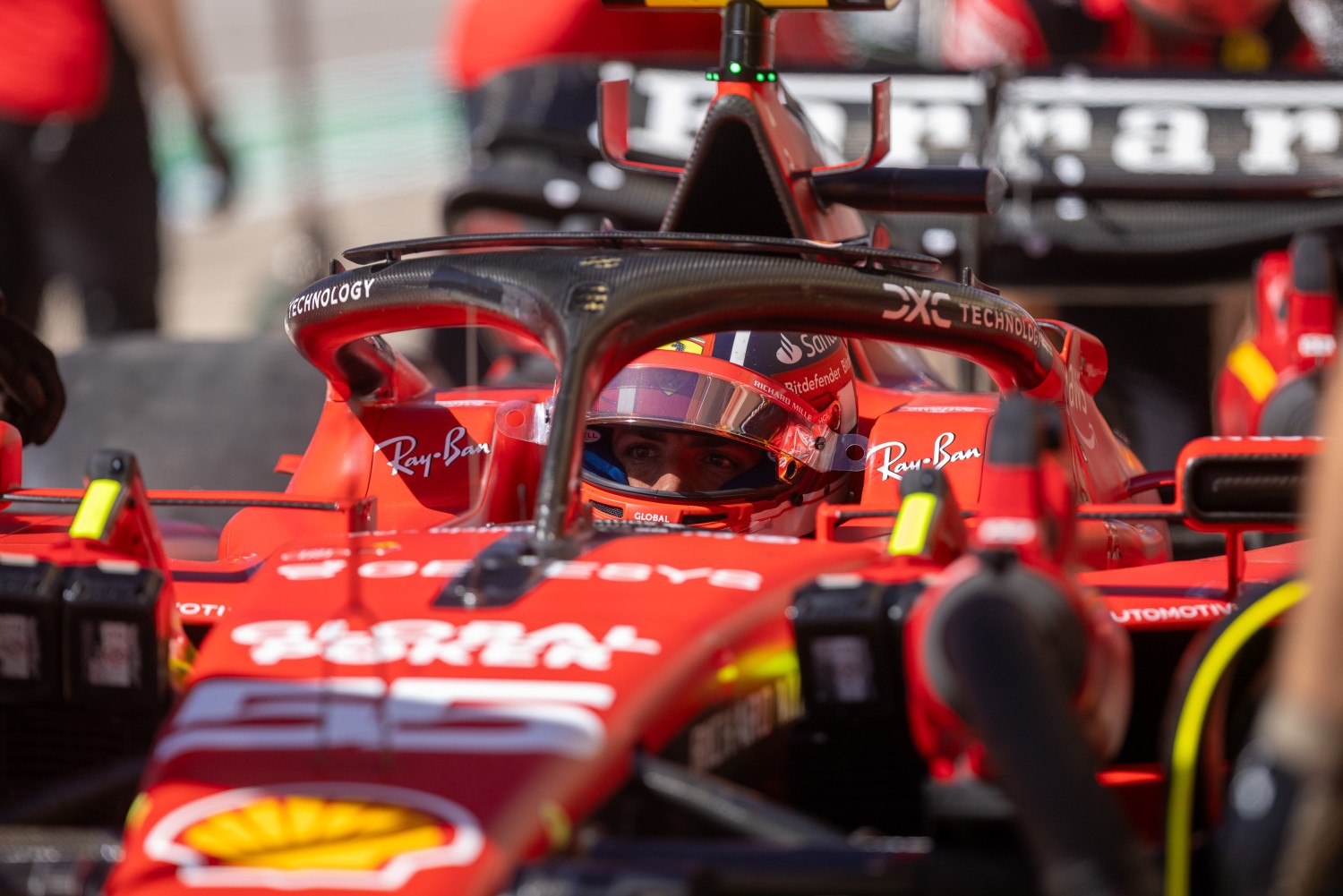
Simulation and Virtual Reality
Simulators and virtual reality have changed the way drivers prepare for races. These technologies allow them to practice on virtual versions of the track, enhancing their familiarity with the course and improving their performance when they hit the actual track. Simulators are also used by engineers for car setup and testing.
Communication and Radio Systems
Communication and radio systems are the unsung heroes of the motorsports world, operating behind the scenes to ensure smooth and safe racing experiences. In the high-speed, high-stress environment of the racetrack, effective communication is paramount. Advanced radio systems enable seamless interaction between drivers, pit crews, and race officials, allowing for real-time information exchange and critical decision-making. These systems have become integral in optimizing race strategies, coordinating pit stops, and, most importantly, ensuring the safety of drivers by providing instant warnings and guidance in case of accidents or incidents. While often overlooked by fans, these communication technologies are the invisible threads that help weave the tapestry of motorsports, fostering a dynamic and efficient environment for competition.
Fan Engagement
Fan engagement in motorsports has been significantly transformed by technology. In today’s digital age, fans have more ways than ever to connect with the sport they love. From the exhilarating experience of in-car cameras that put viewers in the driver’s seat to real-time data streaming that provides insights into the heart-pounding action on the track, technology has made the fan experience more immersive and interactive. Moreover, virtual reality broadcasts have enabled fans to virtually step onto the track, providing a unique and thrilling perspective. Social media and online platforms offer fans a direct line of communication with their favorite drivers and teams, creating a sense of community and involvement that was once unimaginable. In this tech-driven era, fans are not just spectators; they are active participants in the racing world.
Conclusion
In the realm of motorsports, technology has been the driving force, continually reshaping racing from the early days of the automobile to the present. This article explores the remarkable tech innovations that have transformed racing, granting drivers the power to push the limits of speed and finesse, while enhancing the fan experience.
From advancements in internal combustion engines, aerodynamics, and tire technology to the introduction of electronic driver aids, data acquisition, lightweight materials, and safety innovations, technology has played a pivotal role in the sport’s evolution. The incorporation of hybrid and electric powertrains and the rise of simulation and virtual reality have further expanded the horizons of racing.
Notably, technology has impacted drivers and revolutionized the fan experience through in-car cameras, real-time data, and virtual reality broadcasts, fostering a stronger connection between fans and the sport. This enduring partnership between tradition and innovation ensures that racing will continue to evolve, offering faster, safer, and more thrilling experiences for all involved.